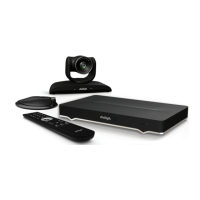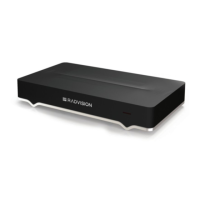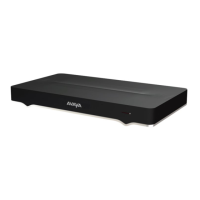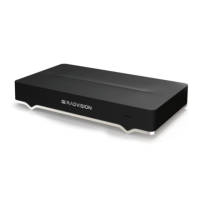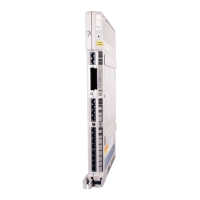Figure 39: Choosing the microphone for your XT Series
To determine the best microphone positioning, see Planning the Optimal Room Setup on page 52.
When deciding on the microphone best suited for the meeting room, consider the following factors:
• A larger room requires more microphones. Position the microphones to ensure all
participants are within range.
• A digital microphone brings higher quality sound, and are usually connected via optical
cables which can be deployed over longer distances than analog (copper) wires.
• For more complex audio setups, you can connect the XT Series to an audio mixer.
•
The XT Codec Unit uses the same audio in
port for third-party digital microphone, analog
microphones, line input, audio mixer, and computer audio, so you must choose between
them. You can free this port when you use the digital three-way XT Digital Microphone Array
Pod, which uses its own microphone port.
There are several connections available to input audio to the XT Series:
•
The dedicated microphone
port is for the digital Three-way Microphone Pod. The Avaya
XT5000 Series and the Avaya XT7000 Series can support two of these microphones daisy-
chained. When capturing stereo audio, only the first Microphone Pod is used.
• The USB port is used for USB headsets (lower USB only), or for a USB camera with a built-in
microphone (upper USB only).
Setting Up the XT Series Hardware
August 2020 Deployment Guide for Avaya XT Series 74
Comments on this document? infodev@avaya.com

